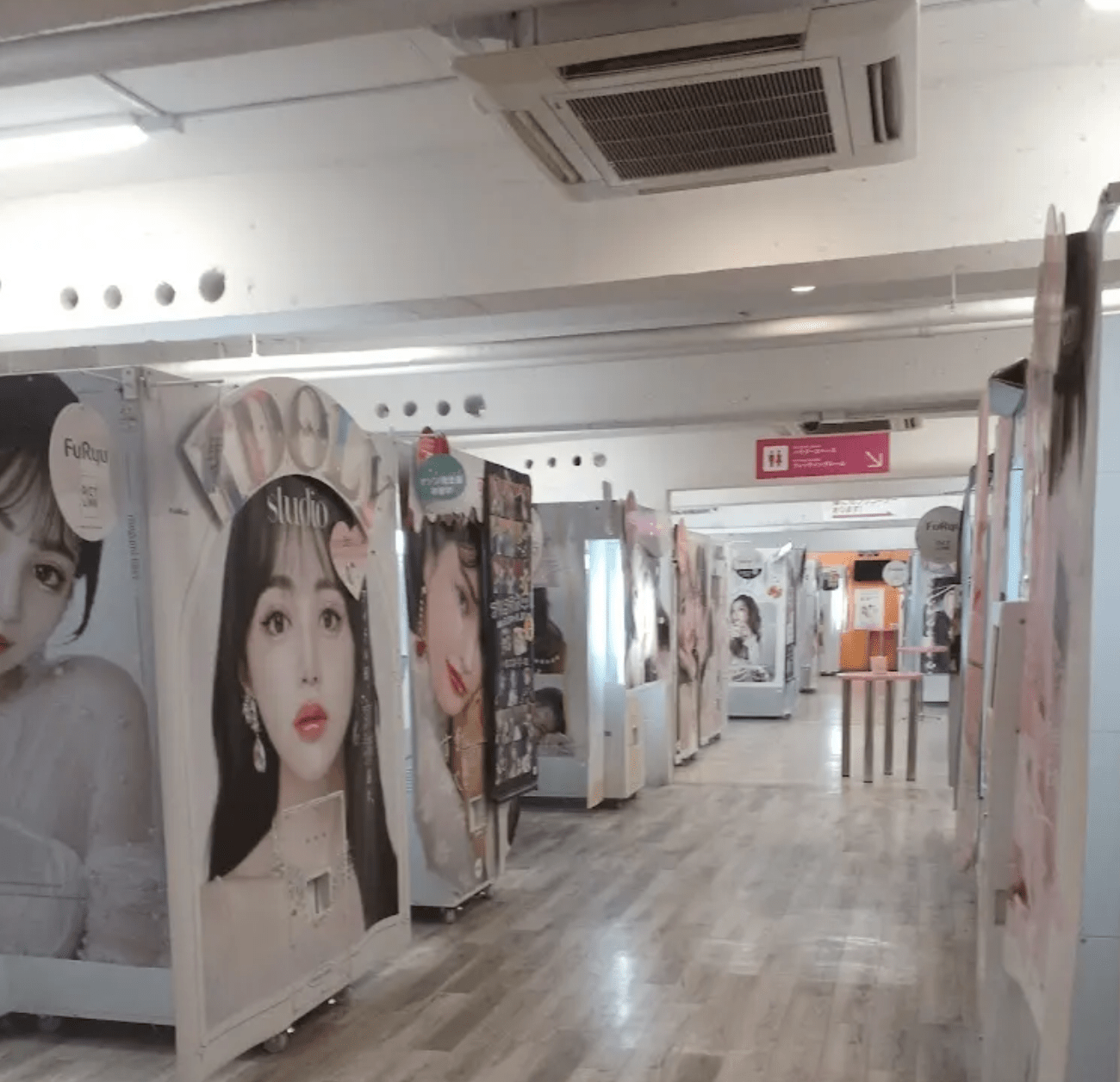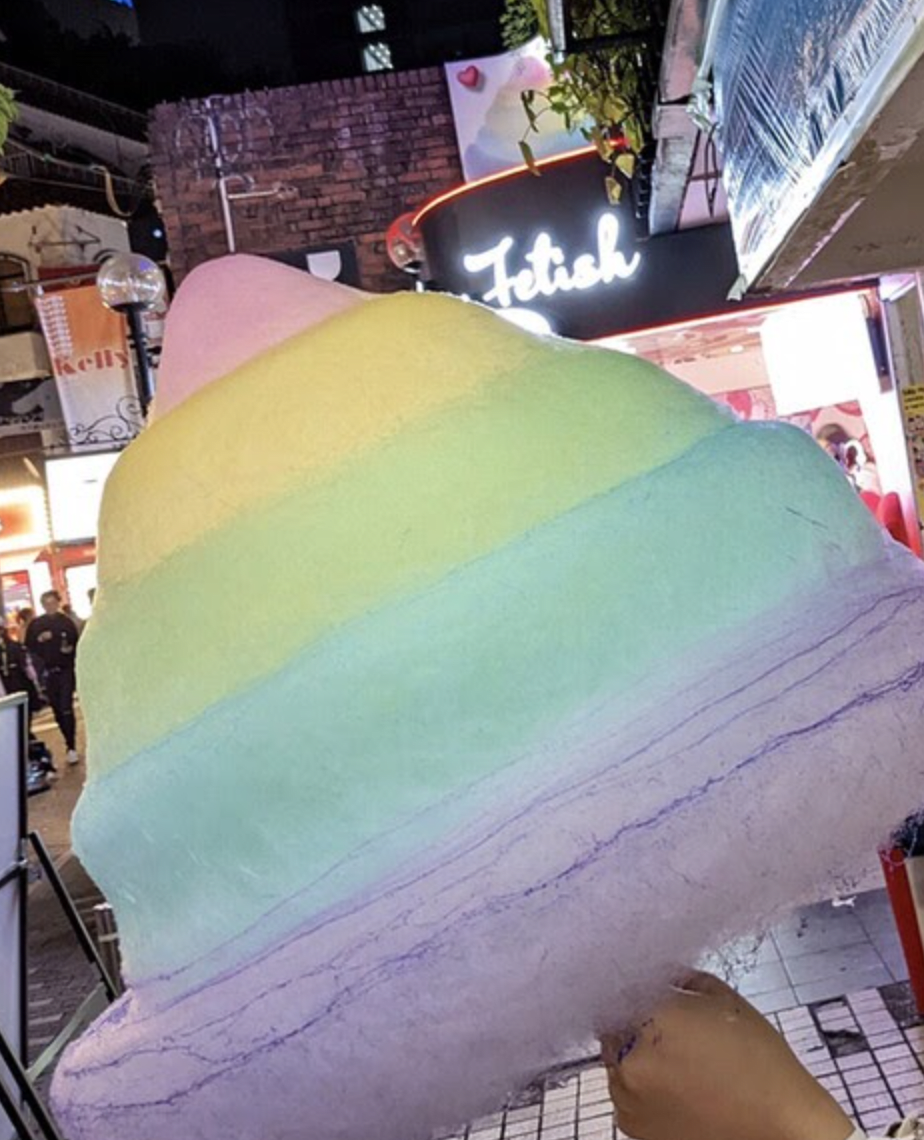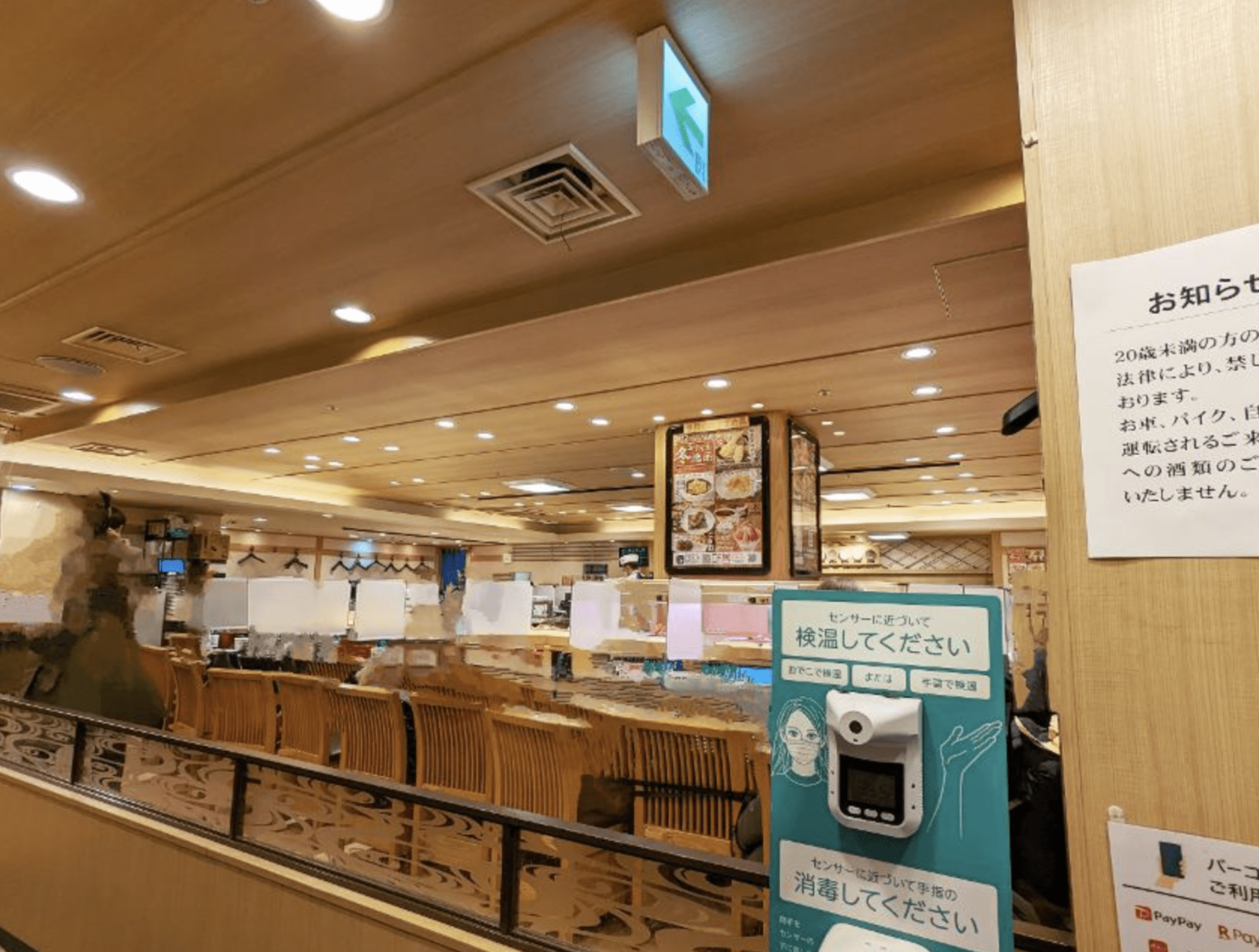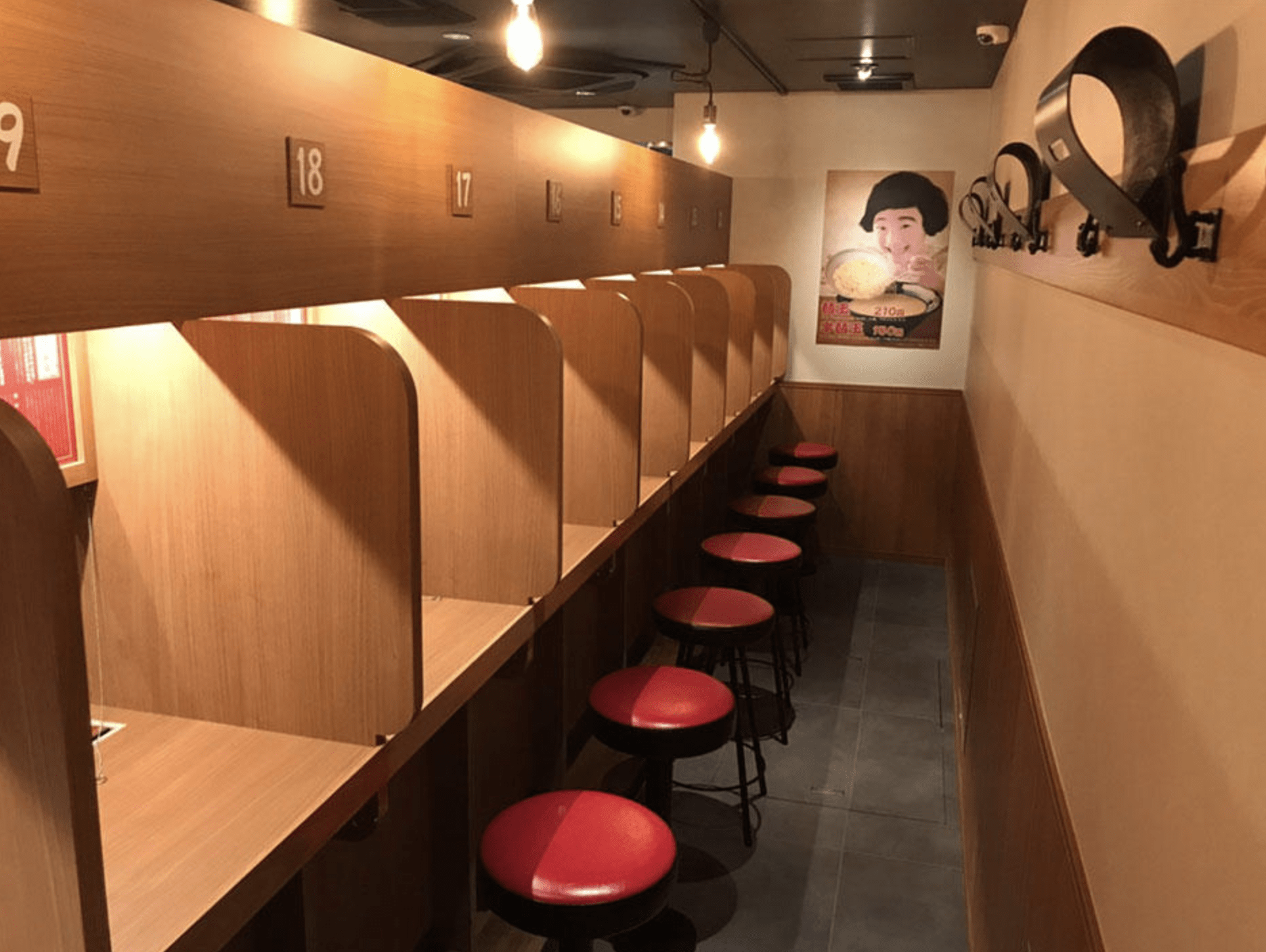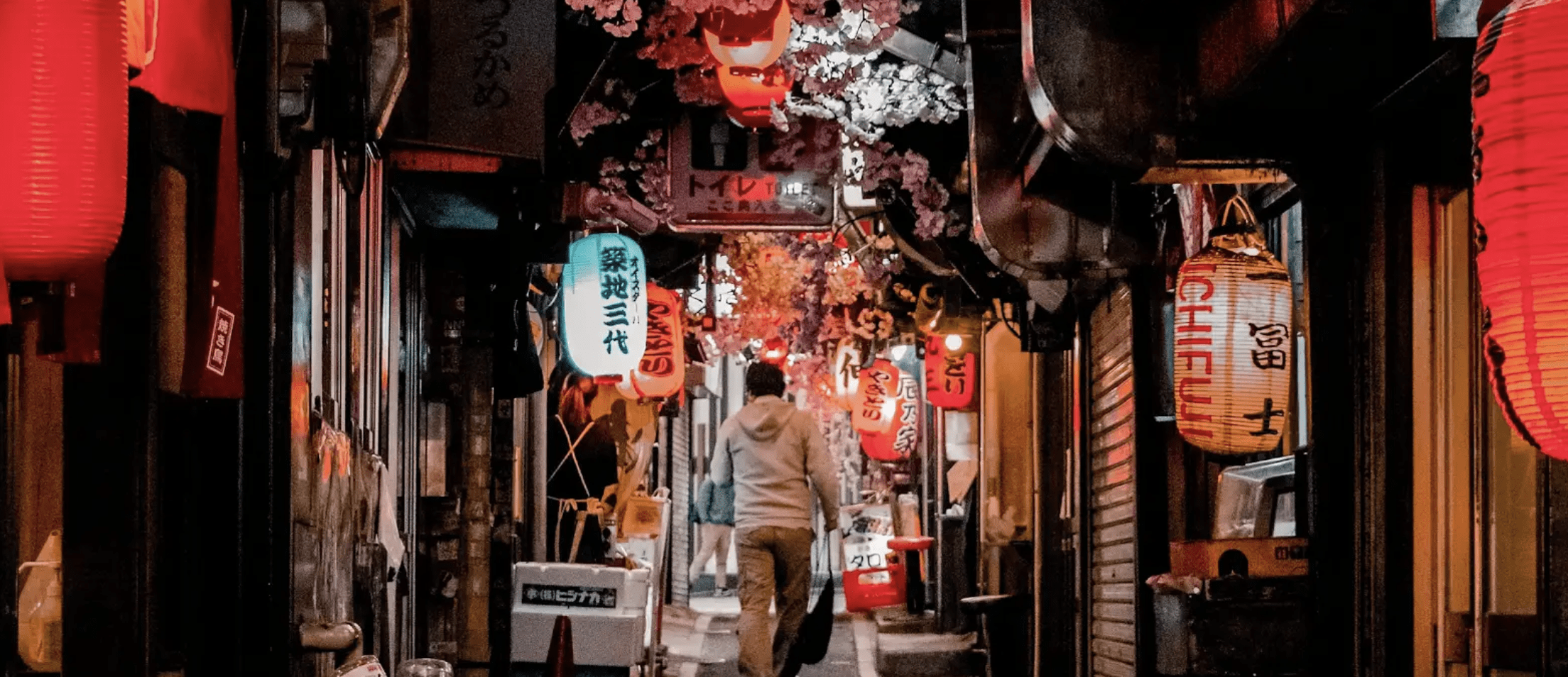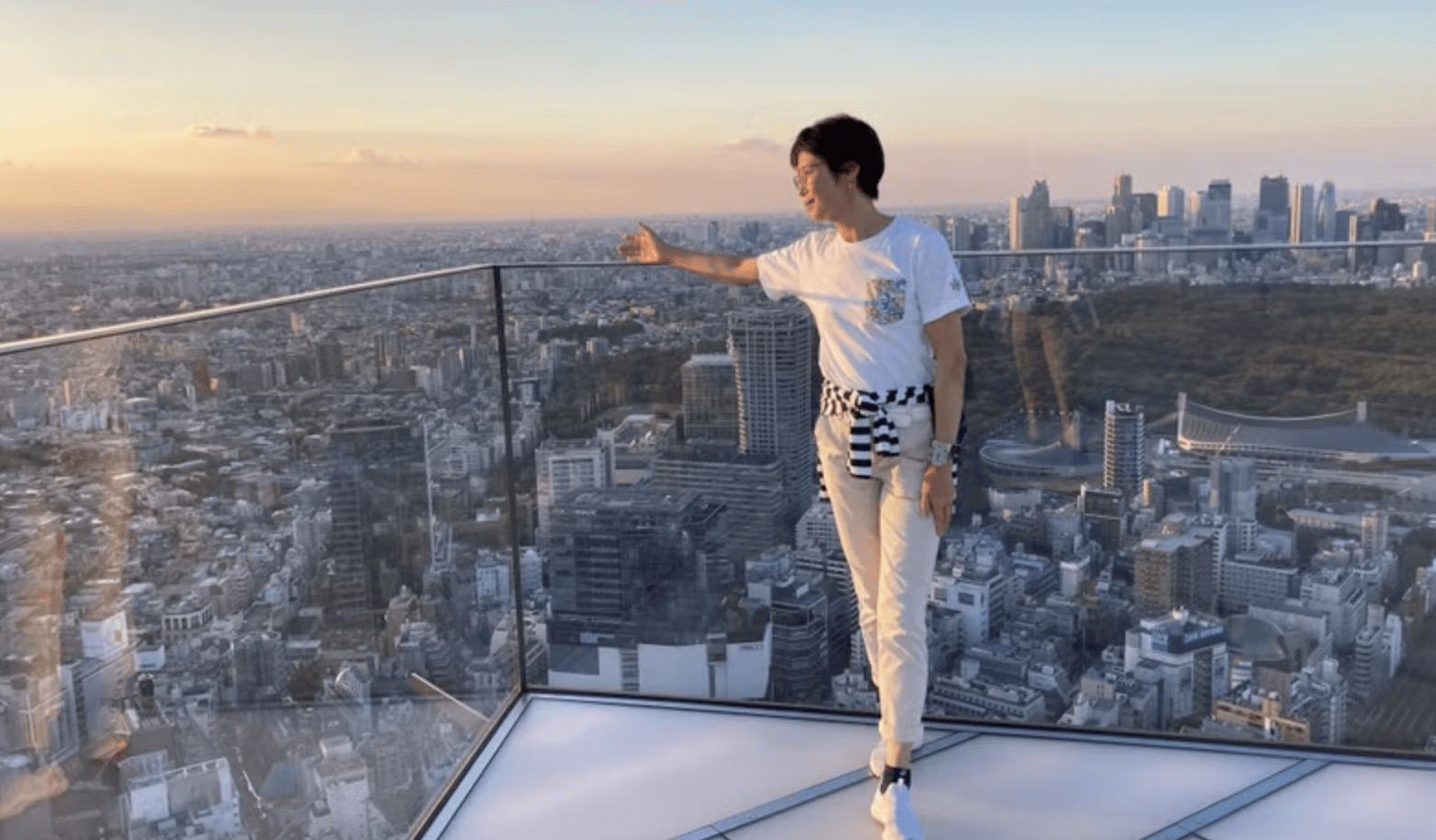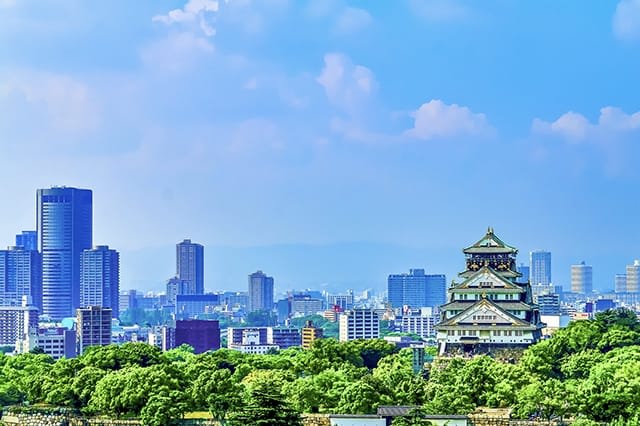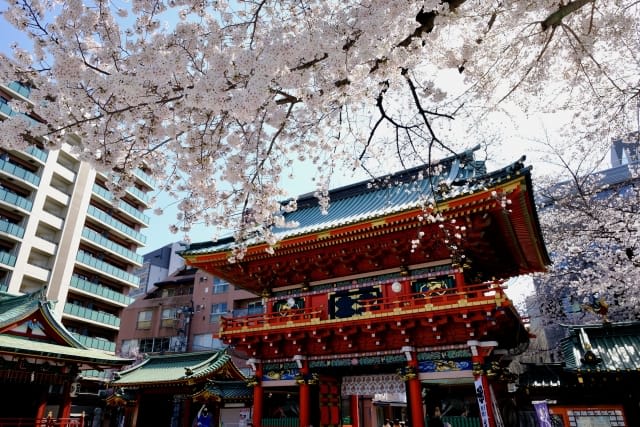Perfect 1-Day Tokyo Itinerary: Shinjuku, Shibuya & Harajuku Guide
Since born and raised in Shibuya city, I've been discovering many spots I
proudly recommend to tourists in Shibuya, Harajuku, and Shinjuku. I updated this article in January 2025 to incorporate my findings from this research, along with the latest information for 2025.
Another reason for updating the article is the growing interest in tours that allow visitors to safely and deeply experience this area. These 3 cities are at the forefront of trends, shops come and go frequently, making it difficult for tourists to find places which beloved by locals.
This is precisely why tours led by local guides who have extensive knowledge of Harajuku's culture and trends have become increasingly popular.
In fact, Magical Trip's tour, which ranked #1 among all tours on Tripadvisor, has been receiving numerous applications.

If you want to explore spots where you can experience Harajuku's kawaii culture, I recommend joining the "Harajuku Kawaii Fashion & Pop-culture Tour." A knowledgeable guide who knows Harajuku inside and out will take you to sweet shops that embody Harajuku's pop culture and along Takeshita Street, which is packed with trendy fashion boutiques.
After enjoying Harajuku during the day, why not try bar hopping in the neighboring district of Shinjuku and Shibuya at night?
My top recommendation is the "Tokyo Bar Hopping Night Tour in Shinjuku," which was ranked #1 among all TripAdvisor tours in 2024. This highly recommended tour by Magical Trip lets you experience the real Shinjuku with a local guide who takes you to must-visit spots, from retro izakaya districts to cyberpunk-style bars.
If you want to experience authentic izakayas beloved by Shibuya locals, try the "Shibuya Bar Hopping Night Tour in Tokyo," which is ranked #2 on Magical Trip. A knowledgeable local guide who knows Shibuya inside and out will take you to spots where you can enjoy genuine Japanese cuisine.
We hope you'll have a wonderful time experiencing everything Ueno has to offer by joining a Magical Trip tour!
Introduction
Harajuku, Shibuya, and Shinjuku - these three areas most vividly reflect Tokyo's "now."
From the sacred atmosphere of Meiji Shrine to the youth-filled Takeshita Street, the world's busiest Scramble Crossing, and the sleepless district of Kabukicho - I can't think of any other place where you can experience such diverse faces of a city in just one day.
As a local, I know both the charms and the "challenging aspects" of these three areas inside out. For example, the crowds on Takeshita Street during weekends are beyond imagination. While Shinjuku's Kabukicho is vibrant, it can be a bit intimidating for first-time visitors at night due to numerous touts.
However, by reading this article, you'll learn about recommended spots and must-do activities, allowing you to efficiently explore these three districts.
Let this itinerary guide you through Tokyo's diverse faces!
Table of Contents
・Charm of Each Area
・AM 09:00-12:00: Exploring Harajuku Area
・PM 12:00-5:00: Sightseeing in Shibuya
・PM 5:00-11:00: Shinjuku Nightlife
・Recommended Tours to Enjoy All Three Areas
If you are interested in learning more about Tokyo's nightlife spots after reading this article, please refer to the following articles.
Strolling around the city with the article in hand, you will surely enjoy a memorable and fulfilling nightlife experience.


Charm of Each Area
Let me first introduce the unique appeal of these three areas.
Characteristics of Harajuku Area

Harajuku is an area where tradition and modern culture blend perfectly.
At Meiji Shrine, surrounded by vast forest, you'll find yourself immersed in a solemn atmosphere that makes you forget the city's bustle.
However, step into Takeshita Street, and you're in the heart of Japanese pop culture. The street is lined with colorful crepe shops, purikura photo booths, and cute accessory stores.
I've been visiting this area since my teens, and it continues to captivate young people from around the world as a trendsetting hub.
Characteristics of Shibuya Area

When you think of Shibuya, the world-famous Scramble Crossing comes to mind. This crossing, where masses of people traverse during each signal change, symbolizes Tokyo's energy.
The area also serves as a fashion district centered around 109, and it's a vibrant neighborhood where new entertainment facilities continue to open.
What I particularly love are the unique restaurants hidden in the back alleys. The area is known as a food paradise, ranging from famous tourist spots to hidden gems that only locals like me know about.
Characteristics of Shinjuku Area
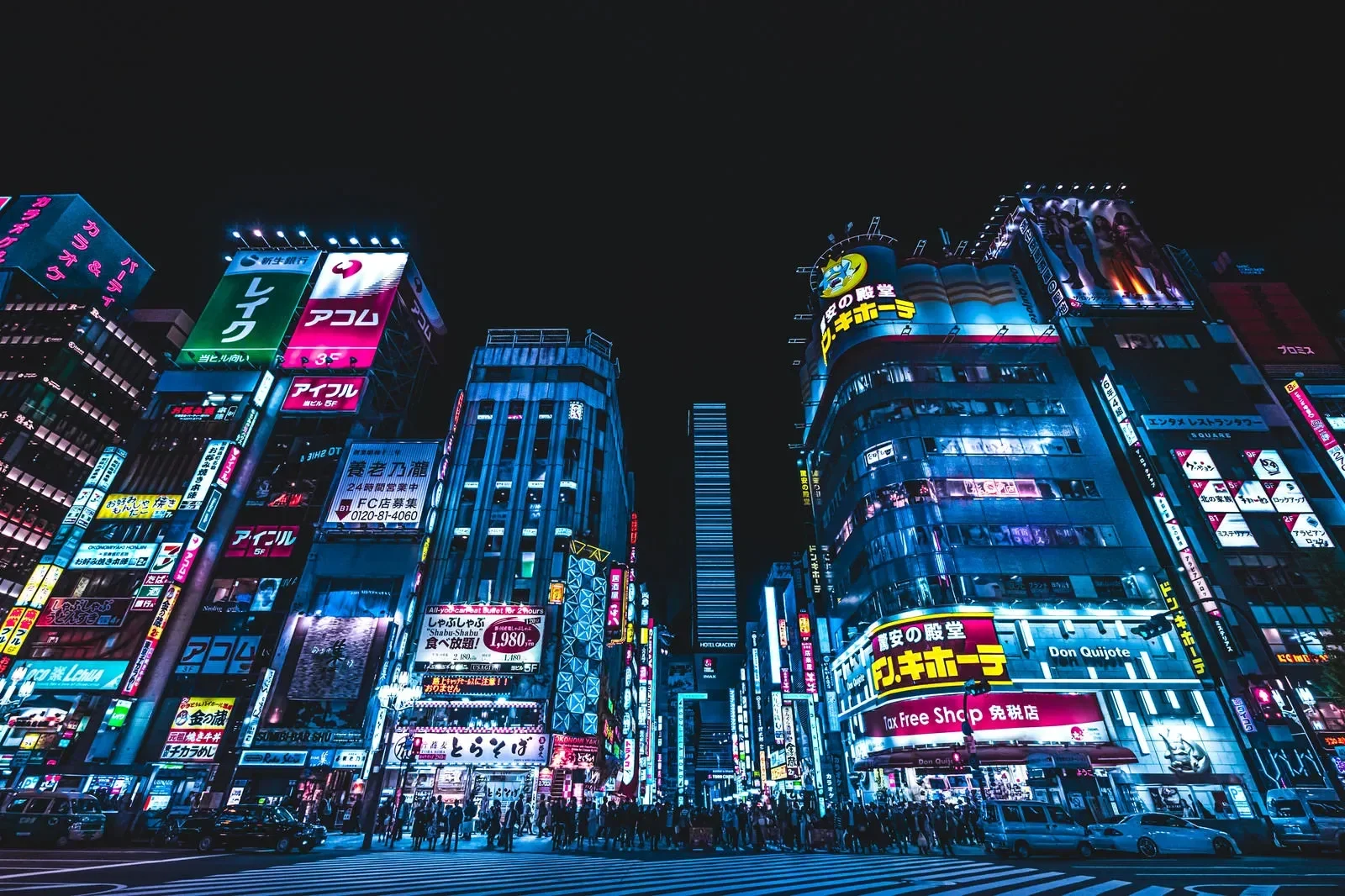
Shinjuku is known as Japan's largest entertainment district. The neon-lit nightscape of Kabukicho truly symbolizes the "city that never sleeps."
In Golden Gai, which retains the old Tokyo atmosphere, you'll find rows of tiny bars historically frequented by cultural figures.
I've been bar-hopping in this area since my college days, and I believe the contrast between the modern landscape of skyscrapers and the Showa-era charm of the back alleys creates a unique appeal that can't be found in other areas.
These three areas embody Tokyo's diversity while each showing completely different faces. Visiting all of them in one day allows you to fully experience Tokyo's tradition and innovation, quiet and bustle, day and night.
AM 09:00-12:00: Exploring Harajuku Area
I recommend starting your Tokyo morning in Harajuku, where tranquility and energy coexist. Beginning with the sacred atmosphere of Meiji Shrine before experiencing the youth culture center of Takeshita Street creates a striking contrast that leaves a lasting impression.
AM 9:00-10:00 Visiting Meiji Shrine
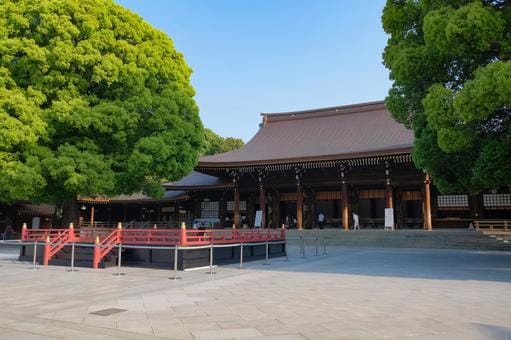
Just a 5-minute walk from JR Harajuku Station, you'll find yourself in a vast forest that makes you forget you're in the middle of the city.
Having lived in Tokyo for over 40 years, I still feel purified by the dense trees and silence every time I walk along the shrine's approach.
I recommend visiting first thing in the morning because there are fewer tourists, allowing you to experience a more sacred atmosphere. The shrine, built about 100 years ago, enshrines Emperor Meiji and Empress Shoken.
The gravel path from the grand torii gate to the main shrine feels like an entrance to another world. The early morning air is crisp, offering a special time away from the city's bustle.
Website: https://www.meijijingu.or.jp/en/
AM 10:00 - PM 12:00 Exploring Takeshita Street
After spending peaceful moments at Meiji Shrine, let's head to Takeshita Street, the center of youth culture. Here, you can fully experience Japanese pop culture.
Purikura Photo Spots
Source:Google Map
Purikura is a symbol of Japanese photo culture. Unlike regular photos, these photo booths allow you to beautify your skin and add decorations on the spot.
From my experience, "NOA" is particularly popular among foreign tourists. I recommend it because it has the latest machines and English menus, making it easy for anyone to enjoy. Taking photos with friends will surely become an unforgettable memory.
<Store Information>
Address: 1-17-5 Jingumae, Shibuya City, Tokyo 150-0001,
Closed: None
Phone: 03-3401-7655
Hours: 8 AM–11 PM
Website: http://www.printclub.jp/
Street Food Sweets
Source: Tabelog
Takeshita Street is a treasure trove of colorful and cute sweets. I've been visiting "Marion Crêpes" for over a decade, and it still draws crowds. They offer a wide variety of visually appealing and delicious options like chocolate banana and strawberry cream crepes.
Recently, "Totti Candy Factory's" rainbow cotton candy has been gaining attention. This rainbow-colored cotton candy has become a popular photo opportunity on social media.
Shopping Spots
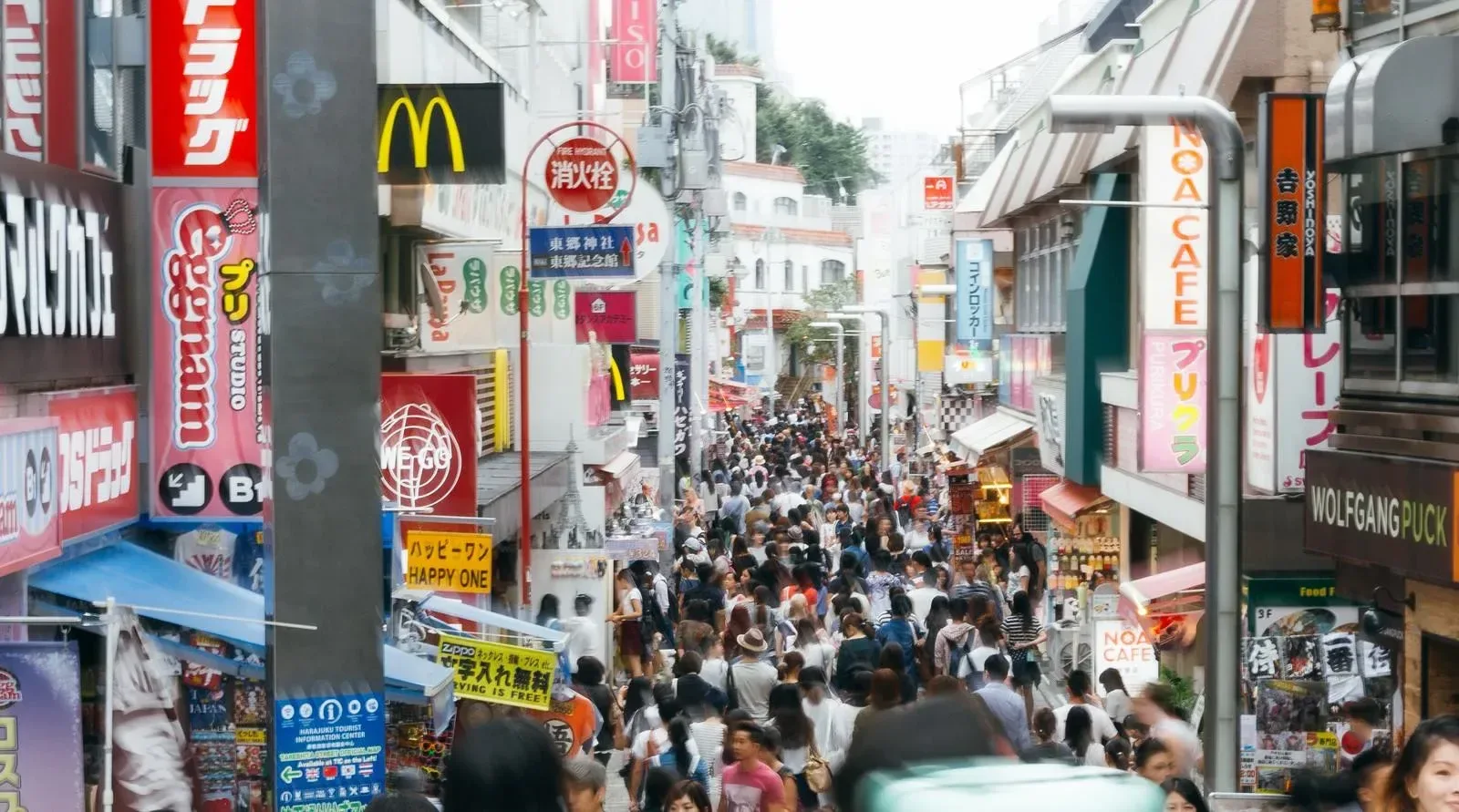
Takeshita Street is lined with trendy shops including youth fashion brand "WEGO". Japan-exclusive Sanrio goods are especially popular among tourists.
I personally recommend Cat Street, slightly off Takeshita Street, known as "Harajuku's backside". It features famous vintage clothing stores and offers a more relaxed shopping atmosphere.
Walking south along this street naturally leads you to Shibuya, making it efficient to explore both areas.
PM 12:00-5:00: Sightseeing in Shibuya
After enjoying your morning in Harajuku, let's head to Shibuya, the center of youth culture. From the world-famous Scramble Crossing to the latest shopping spots, you can experience Tokyo's cutting edge here.
PM 12:00-1:30 Lunch Time
First, let's enjoy lunch in Shibuya.
Mawashi Sushi Katsumidori
Source: Katsumidori Official Website
This is a conveyor belt sushi restaurant where I often take my local friends. Located on the top floor of a Shibuya department store, you can enjoy authentic sushi at reasonable prices.
They offer plenty of seasonal items - I especially love the sea bream in spring and Pacific saury in autumn, allowing you to taste Japan's four seasons.
<Store Information>
Address: Seibu Shibuya, A Building, Floor 8, 21-1 Udagawacho, Shibuya City, Tokyo 150-0042
Closed: None
Phone: 03-5728-4282
Hours: 11:00 AM - 10:00 PM
Website: https://katumidori.co.jp/
Ichiran
Source: Ichiran Official Website
Ichiran is a popular ramen shop where I often stop by after late-night work. Its unique feature is that you can adjust the richness of the tonkotsu (pork bone) soup to your liking. You can enjoy your ramen in a "flavor concentration counter" - a semi-private booth where you won't be disturbed by other customers.
<Store Information>
Address: Iwamoto Building, B1F, 1-22-7 Jinnan, Shibuya City, Tokyo 150-0041
Closed: None
Phone: 050-1808-2546
Hours: 12–6 AM, 10 AM–12 AM
Website: https://ichiran.com/shop/tokyo/shibuya/
Shibuya Shokudo Ventuno Tokyo
Source: Tabelog
This is a restaurant I recommend for experiencing Japanese Western-style cuisine. Their weekend-only "Kids Lunch" at 1,800 yen is not just cute but satisfying even for adults.
What I particularly like is their Japanese-style curry rice, which offers a unique fusion taste for 1,000-2,000 yen.
<Store Information>
Address: B1F Takagi Building (IKEA Shibuya), 24-1 Udagawacho, Shibuya City, Tokyo 150-0042
Closed: Sundays
Phone: 03-3477-1199
Hours: 11:30 AM–3:30 PM, 5–10 PM
Hours (Sundays): 11:30 AM–3:30 PM, 5–9 PM
Website: https://ventuno-tokyo.owst.jp/
PM 1:30-5:00 Shibuya Sightseeing
After lunch, let's explore Shibuya's landmarks.
Scramble Crossing

As one of the world's most famous intersections, up to 3,000 people cross here during a single light change.
I recommend viewing the crossing from the second floor of Starbucks. The grand spectacle of people flowing like a stream truly embodies Tokyo's energy.
Hachiko Statue
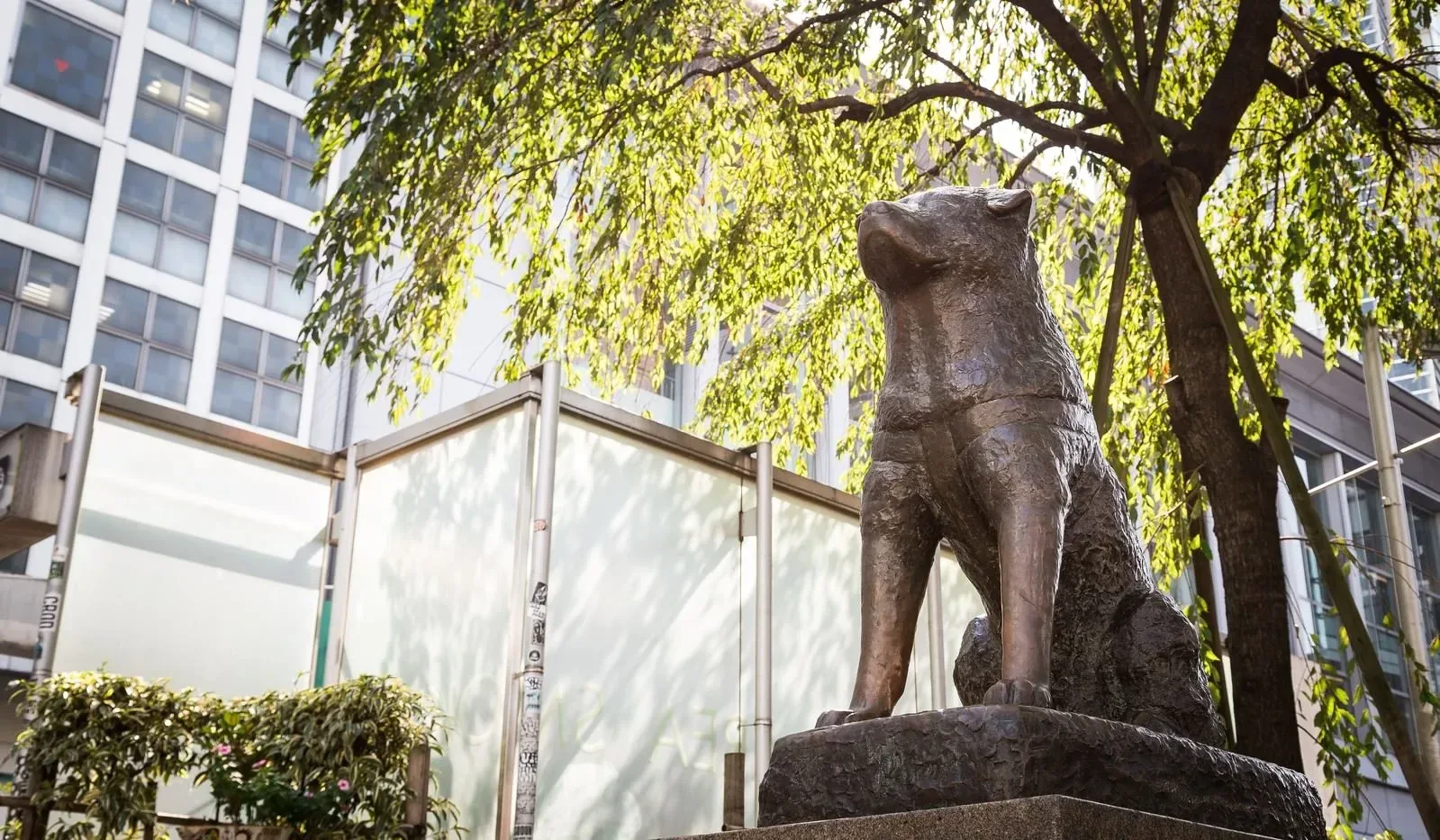
The Hachiko statue, Shibuya's symbolic landmark, is known as a monument to the faithful dog who waited for his owner. I've been using this as my meeting spot since my student days.
While there's always a crowd around the statue, knowing Hachiko's touching story gives this spot a deeper meaning beyond just being a meeting place.
Shibuya Scramble Square

This is Shibuya's new landmark that opened in 2019. The 47-story, 230-meter-tall building features "SHIBUYA SKY" observation deck at the top, offering 360-degree views of Tokyo. While the observation deck entry fee is 2,500 yen, you can get it for 2,200 yen by booking online.
<Information>
Address: 2-24-12 Shibuya, Shibuya City, Tokyo 150-0002
Closed: None
Phone: 03-4221-4280
Hours: 10 AM–9 PM
Website: https://www.shibuya-scramble-square.com/sky/
Exploring Shibuya's Shopping Areas

You can enjoy the latest fashion brands at Shibuya Scramble Square and trendy items for young people at 109. Center Street is a lively thoroughfare lined with various types of shops. MIYASHITA PARK, which opened in 2020, is a new-concept commercial facility with a rooftop park.
I particularly enjoy exploring the vintage clothing stores in Center Street's back alleys. There's a high chance of finding unique items, and I believe it offers a fresh experience for tourists.
PM 5:00-11:00: Shinjuku Nightlife
After enjoying the daytime buzz of Shibuya, let's head to Shinjuku, which represents Tokyo's nightlife. It's a district with many faces, from skyscrapers to back-alley bars.
PM 5:00-7:00 Enjoying Shinjuku's Twilight and Dinner
Tokyo Metropolitan Government Building Observatory

I recommend starting your Shinjuku tour at the Metropolitan Government Building Observatory. Having visited many times for work coverage, I can say the view at dusk is especially spectacular.
From this free observatory, you can see both Tokyo Skytree and Mount Fuji. The hour around sunset is the perfect time to watch the city gradually light up. It's popular among couples, offering a romantic atmosphere.
Website: https://www.yokoso.metro.tokyo.lg.jp/en/tenbou/index.html
Recommended Dinner Areas

Shinjuku offers various dining options to suit different budgets and preferences.
The West Shinjuku area, where the Metropolitan Government Building is located, features upscale restaurants with night views. In contrast, Omoide Yokocho offers casual izakaya food in a nostalgic atmosphere.
I particularly recommend trying Japanese cuisine at Lumine, which is directly connected to Shinjuku Station. I find that these restaurants offer high-quality service and reasonable prices, making them comfortable choices for foreign tourists.
PM 7:00-11:00 Experiencing Shinjuku's Night
Kabukicho

Kabukicho is known as Japan's largest entertainment district. The giant Godzilla head serves as a landmark, and the entire area is bathed in neon lights at night.
As a local, I know both the appeal and precautions of this area well. For tourists, I recommend walking along the main streets to enjoy the atmosphere. It's important to be careful of touts and never follow strangers.
For those who want to learn more about this area, please check out the Kabukicho Guide article.
Golden Gai

Golden Gai is an area I'm particularly fond of.
The alleys, maintaining their post-war atmosphere, are lined with tiny bars that seat just a few customers. It was once a cultural hub where writers and artists gathered, and you can still feel that unique atmosphere today.
While there are now more bars catering to foreign tourists, I recommend checking the pricing system before entering. If you see English signs outside, it's usually safe to assume the bar is foreigner-friendly.
For more detailed information about this area, please check out the Golden Gai Guide article.
Website: http://goldengai.jp/
Omoide Yokocho
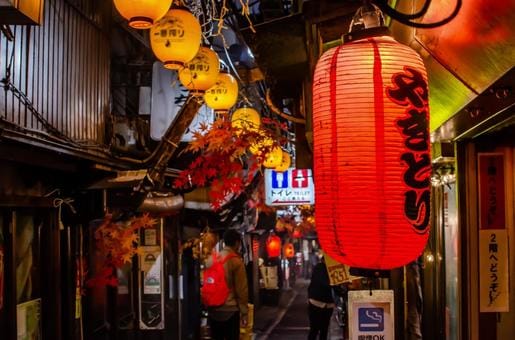
Omoide Yokocho, located under the railway tracks at Shinjuku's west exit, is a historic drinking district that developed from post-war black markets. I've been visiting this area since my student days, and I believe it's one of the places where you can best experience old Tokyo's atmosphere.
The narrow alleys lined with yakitori and izakaya are popular among tourists. What makes it special is the opportunity to interact with locals while dining at the counter seats.
For more detailed information about this area, please check out the Omoide Yokocho Guide article.
Shinjuku Ni-chome
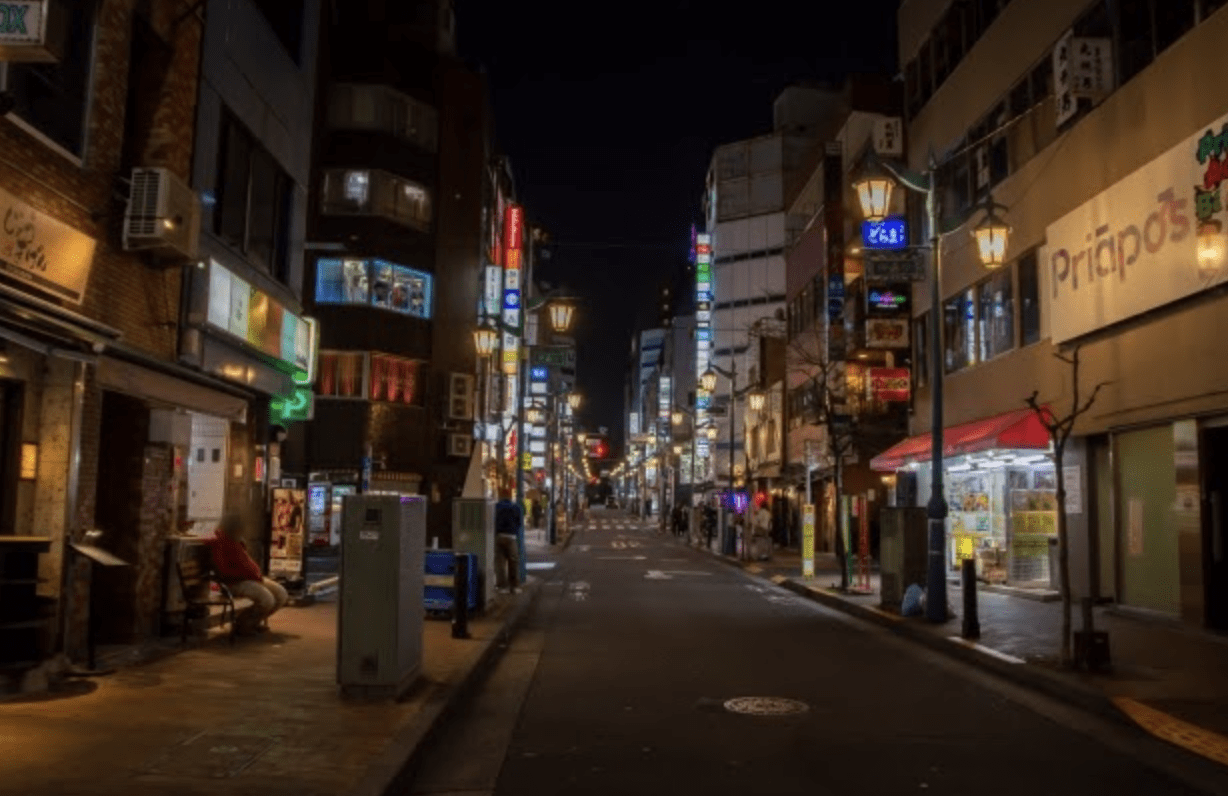
Shinjuku Ni-chome is known for its LGBTQ-friendly atmosphere. You can experience unique culture through bars with distinctive interiors and venues featuring drag shows. Recently, more establishments have become welcoming to foreign tourists, making it easier for first-time visitors to enjoy.
For more detailed information about this area, please check out the Shinjuku 2-chome Guide article.
Karaoke

If you want to end your night in Shinjuku, I recommend karaoke. 24-hour chain stores like "Manekineko" can be found at both east and west exits of Shinjuku Station.
I often use their all-you-can-drink course. The appeal includes a wide range of food options from light snacks to ramen. With plenty of English songs available, you can enjoy yourself even if you don't know Japanese songs.
For first-time karaoke visitors, please check out the How to Enjoy Karaoke article.
Recommended Tours to Enjoy All Three Areas
While Shinjuku, Shibuya, and Harajuku each have numerous attractive tourist spots, nighttime Shinjuku might feel intimidating for first-time visitors. In such cases, I recommend joining a tour with experienced guides who can show you around these areas.
"Tokyo Bar Hopping Night Tour in Shinjuku" by Magical Trip
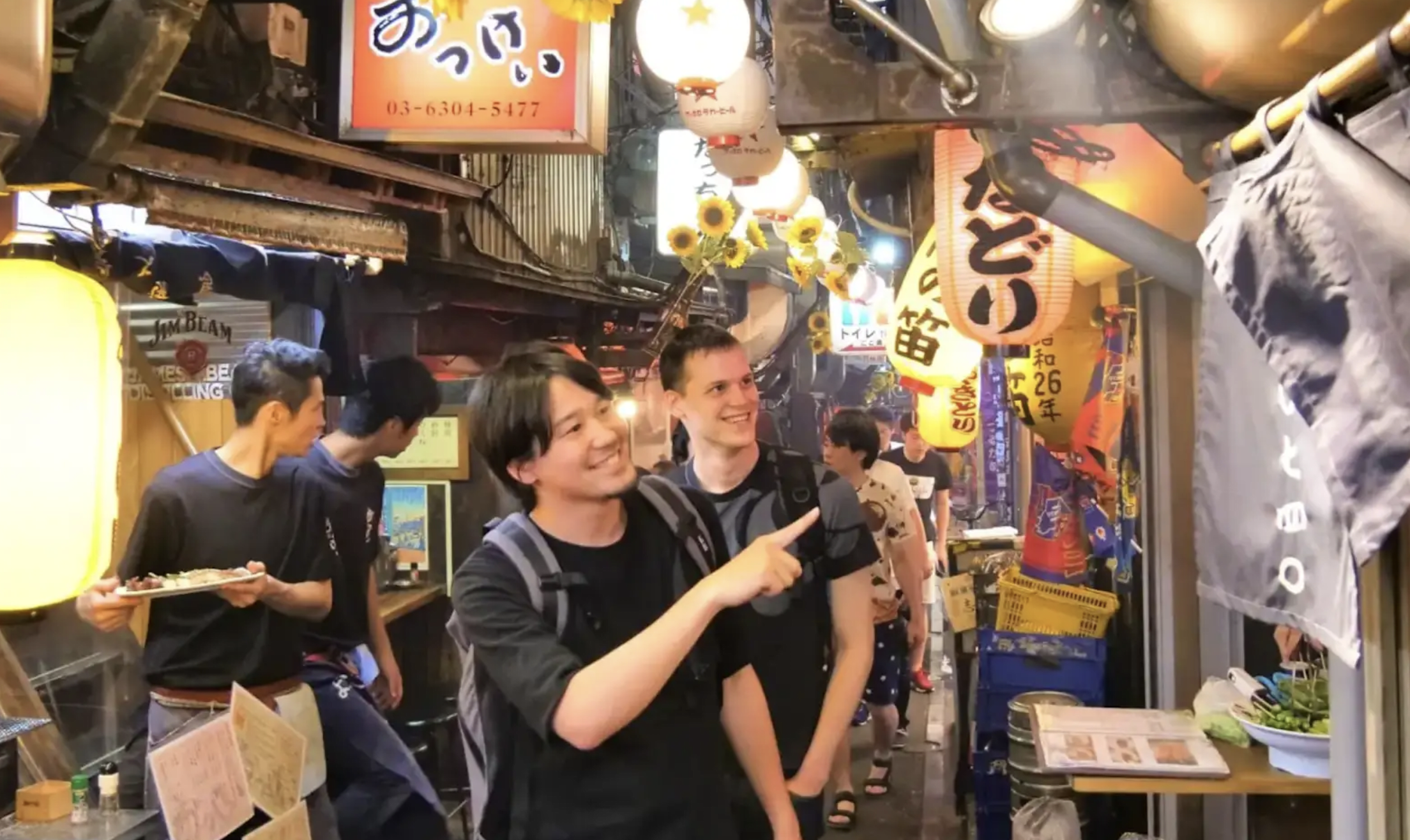
This is a 3.5-hour night tour provided by us at Magical Trip, exploring hidden izakayas in Shinjuku.
You can experience authentic izakaya culture by visiting three bars with a local guide. The tour features typical izakaya dishes like yakitori, gyoza, and fried tofu.
I find it particularly appealing that drinks and food are included, making it easy to manage your budget. I especially recommend this tour for those who might feel uneasy exploring Shinjuku at night alone.
Click here for more details: Tokyo Bar Hopping Night Tour in Shinjuku
"Tokyo Night Foodie Tour in Shinjuku" by Magical Trip

This is another 3.5-hour night tour we offer at Magical Trip, focusing primarily on dining experiences.
You can enjoy seasonal omakase sushi prepared by skilled sushi chefs and meals at wagyu beef restaurants. During the Kabukicho walk, you can safely experience the district's atmosphere with guide commentary.
I recommend this tour for families since it's suitable for non-drinkers as well.
Click here for more details: Tokyo Night Foodie Tour in Shinjuku
"Shinjuku Night Free Walking Tour" by Tokyo Localized
Source: Tokyo Localized
This is a 2-hour night walking tour by Tokyo Localized that efficiently covers Shinjuku's entertainment districts.
The tour visits iconic spots like Kabukicho, Godzilla Road, and Golden Gai. I appreciate that it's tip-based, making it easy to join, and the small group size adds to its appeal.
I particularly recommend this tour for those interested in experiencing Shinjuku's nighttime atmosphere rather than focusing on food and drinks.
Click here for more details: Shinjuku Night Free Walking Tour
"Harajuku & Shibuya Half Day Walking Tour" by GoWithGuide
Source: GoWithGuide
This is a 4-hour walking tour offered by GoWithGuide, leading from Meiji Shrine through Harajuku and on to Shibuya.
I like that the Shibuya portion focuses on the Scramble Crossing and Hachiko Statue, leaving you free to explore the area afterward. You can enjoy a similar route to the morning and afternoon sections of this itinerary.
Click here for more details: Harajuku & Shibuya Half Day Walking Tour
"Shibuya Bar Hopping Night Tour in Tokyo" by Magical Trip

This is a 3-hour tour we offer at Magical Trip to enjoy Shibuya's nightlife. You'll visit three hidden gems around the station, savoring wagyu beef, sushi, and sake.
I appreciate that it's vegetarian-friendly and includes both food and drinks for around $99, which I find quite reasonable.
If you're planning to stay in Shibuya instead of heading to Shinjuku for the evening, I recommend this tour. You'll discover local favorites that only guides like us know about.
Click here for more details: Shibuya Bar Hopping Night Tour in Tokyo
Harajuku, Shibuya, and Shinjuku each offer completely different attractions.
Starting with the serenity of Meiji Shrine in the morning, experiencing pop culture in Takeshita Street, enjoying the latest trends in Shibuya, and savoring adult entertainment in Shinjuku at night - this one-day itinerary allows you to experience Tokyo's diverse faces to the fullest.
The tourist spots and tours introduced in this article are classic routes that even first-time visitors can enjoy. However, basic precautions are necessary, especially in nighttime Shinjuku - avoid back alleys and don't follow strangers.
Using guided tours allows you to explore these areas more safely and deeply. Night tours, in particular, offer valuable opportunities to experience places you might not be able to access on your own and discover local spots that only natives know about.
I hope this article helps make your Tokyo experience even better!


